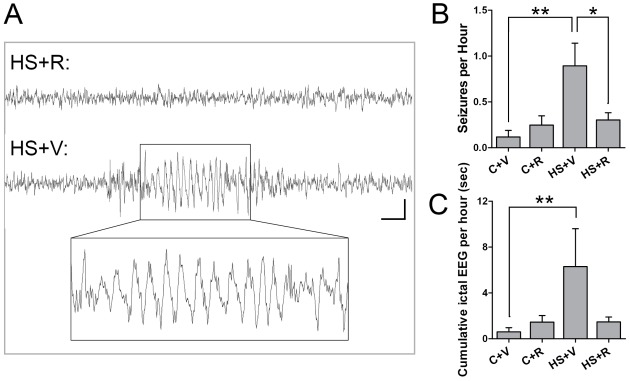Figure 7. Rapamycin treatment at HS attenuates later epilepsy.
A. Representative EEG traces from HS+R and HS+V rats, with HS+V showing an example of an observed seizure. Scale bar = 1 sec, 50 µV for both traces. Inset shows an expanded view of the EEG trace in the HS+V group. B. Subdermal wire electrode EEG recordings show that rats that had received vehicle with HS at P10 (HS+V) have significantly more spontaneous seizures at P36–38 (0.89±0.25 seizures/h, n = 15) than control normoxic litter mates (C+V), (0.12±0.07 seizures/h, n = 16, p<0.01). Rapamycin treatment at HS (HS+R) attenuates the HS induced later life epilepsy (0.25±0.10 seizures/h, n = 15, p<0.05). Rapamycin treatment of sham P10–11 littermates (C+R) has no significant effect on the EEG pattern (0.30±0.08 seizures/h, n = 28, p = 0.70), as compared to the C+V. C. Rapamycin also reverses the effects of HS on cumulative ictal EEG activity/h. Rats with prior HS treated with vehicle (HS+V) exhibit significantly greater ictal activity per hour (6.30±3.31sec/h, n = 16 rats) compared to naïve control rats treated with either vehicle (C+V), (0.60±0.37 sec/h, n = 16), or rapamycin (C+R), (1.45±0.58 sec/hr, n = 15). In contrast, rapamycin treatment in HS rats (HS+R) shows significant protection (1.48±0.42sec/h, n = 28, p<0.01). *: p<0.05, **: p<0.01, ***: p<0.001. Error bars indicate S.E.M.

